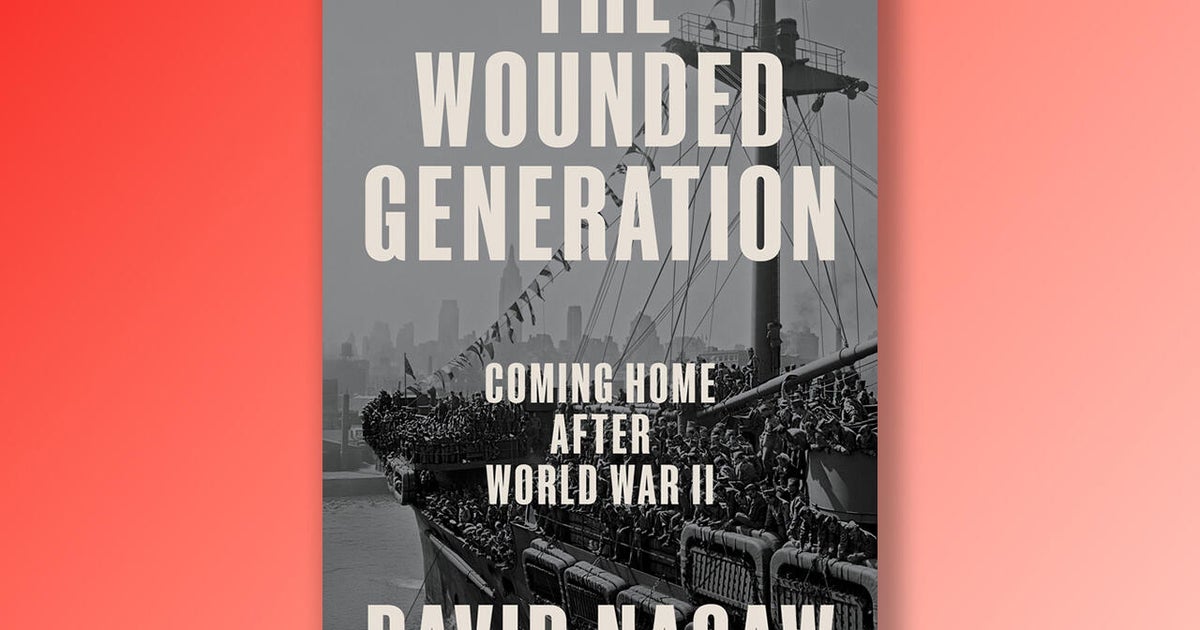Introduction to the Wounded Generation
World War II was unprecedented in its duration, geographic scope, and ferocity, and the impact on those who fought it and their loved ones at home was immeasurable. The veterans who returned home were not the ones who had gone to war. They were very different now, plagued by recurring nightmares and flashbacks, irritable, angry, and plagued by uncontrollable anger, feelings of social isolation, and fears of places and events that brought back memories of the war.
The Unrecognized Struggle
For most returning veterans, getting a full night’s sleep was difficult, if not impossible. Many sought relief by drinking excessively, as they did during the war and while awaiting repatriation. Those who sought professional help were told that they were simply suffering from battle fatigue that would be cured with time. That wasn’t the case. The true cause of their suffering, post-traumatic stress disorder (PTSD), would remain unrecognized and untreated for decades to come.
The Extent of the Problem
Nearly 16.4 million Americans, 12 percent of the total population, 32 percent men between the ages of 18 and 45, served in the United States Armed Forces during World War II. They left behind four million spouses, two million children, and tens of millions of parents, siblings, lovers, friends, and neighbors. The war itself lasted almost four years, with the men and women who fought serving an average of 33 months, three-quarters of which served overseas for an average of 16 months, three times as long as their counterparts in World War I.
The Human Cost of War
The brutality and carnage of a global war were evident in graphic reports and visual images in the daily press, weeklies, Hollywood films, and newsreels. The human cost was highlighted by the arrival in the States of troop transports carrying loads of soldiers no longer useful to the military. In 1943 alone, more than a million people were sent home, half of them with disabilities. The overall figures were alarming, but especially the percentage of disabled and discharged soldiers – 40 percent in the army – with "neuropsychiatric defects".
Understanding the Cause
Why had so many healthy young men collapsed? In 1948, three years after the cessation of hostilities, Dr. William Menninger, senior consultant in neuropsychiatry to the Surgeon General of the Army, said that the higher frequency of mental breakdowns in World War II compared to World War I was due in large part to the fact that World War II was "a ‘harder’ one, lasting almost three times as long; it was fought on a fast-moving and shifting base rather than on fixed lines; it required many amphibious landings; it was fought in each extreme climate, the deadly attacks were far more devastating and nerve-racking than ever before, and more men were kept from home for longer periods."
The Unchanged Nation
The nation the veterans returned to was not the one they left behind. There was a shortage of every consumer item imaginable, and most worrying was the persistent, inescapable fear that a return to economic depression was imminent and that the layoff of millions of war workers and the layoff of millions more soldiers would lead to massive unemployment. The veterans struggled to adjust to a nation that had changed, with a shortage of housing, jobs, and consumer goods, and a persistent fear of economic depression. The nation was not prepared to deal with the psychological wounds of its veterans, and it would take decades for the true extent of their suffering to be recognized.

